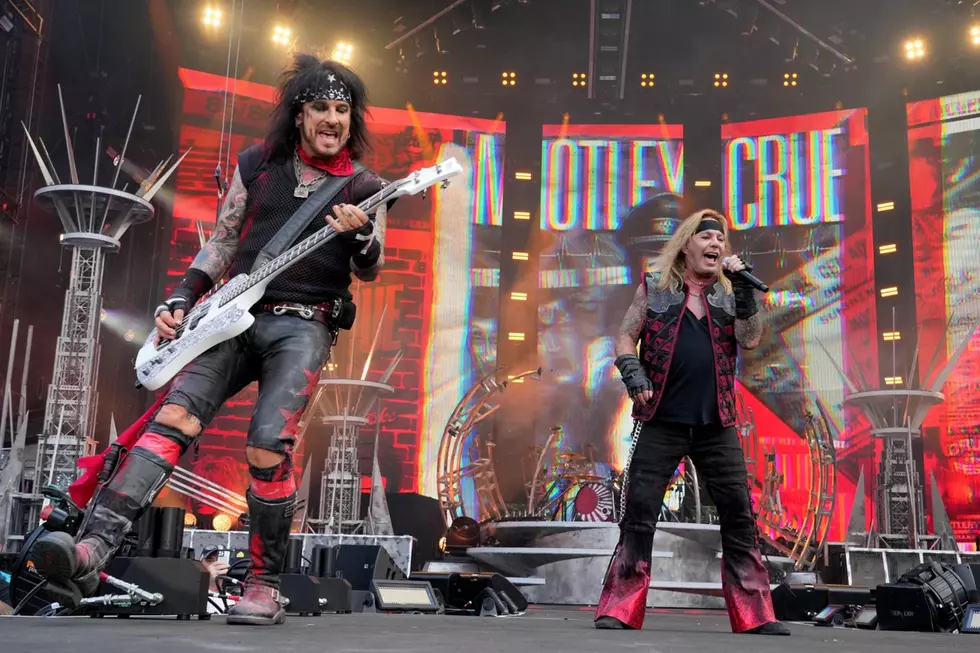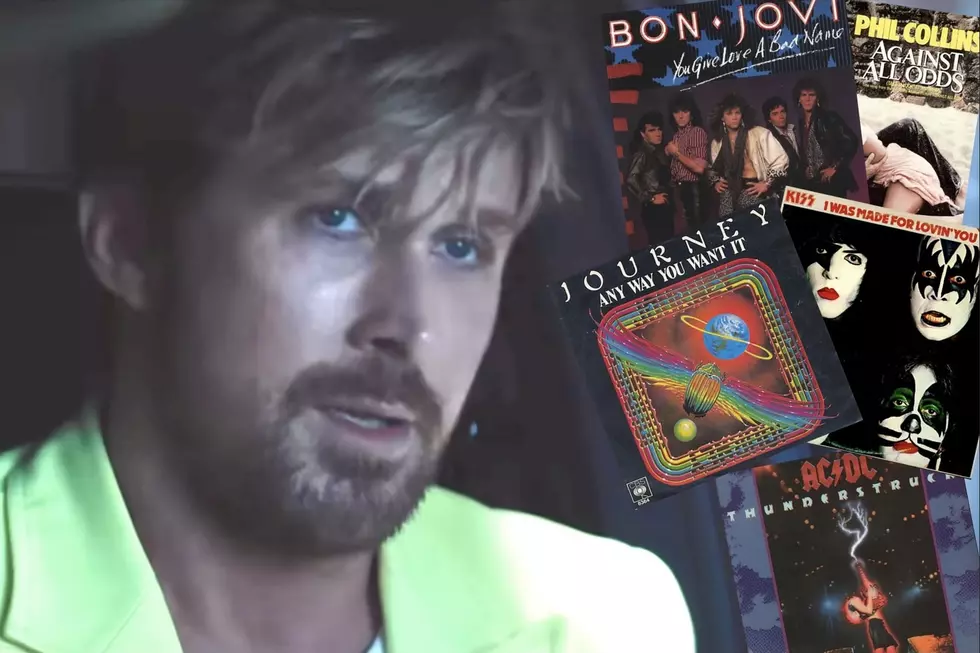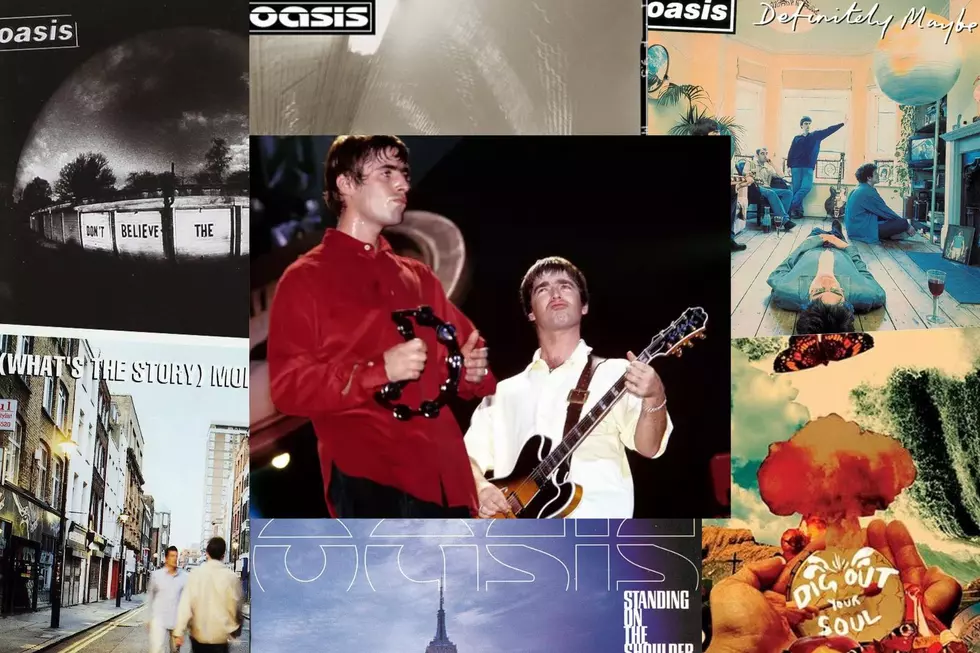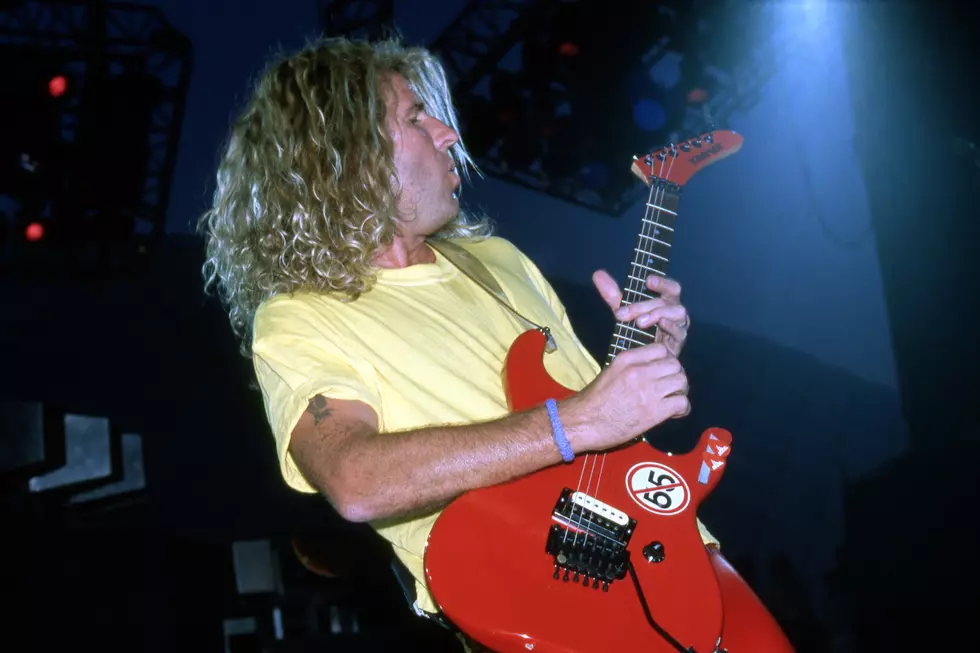
Why ‘Time Fades Away’ Was Neil Young’s Least Favorite Neil Young Album
There are so many albums in Neil Young's catalog that most fans wouldn't miss a stray out-of-print entry or two. But that isn't the case with his infamous "lost" Oct. 15, 1973 live release, Time Fades Away.
Mostly recorded on a disastrous tour that found Young and his band slowly falling apart over 62 shows in early 1973, Time Fades Away should have come at a moment of triumph, since it arrived in the wake of his hugely successful Harvest LP. Platinum sales often bring their own set of problems, however, and for Young, mainstream stardom proved a burden that started chafing almost immediately.
"I felt like a product, and I had this band of all-star musicians that couldn't even look at each other," Young reflected in a 1987 interview. "It was a total joke."
What Went Wrong on Neil Young's 1973 Tour?
Young being Young, he didn't exactly make the tour easy on himself, chiefly by opting to perform previously unreleased material for crowds expecting to hear the hits. Going on to call Time Fades Away "my least favorite record" and "the worst record I ever made" in the same 1987 interview, Young explained, "As a documentary of what was happening to me, it was a great record. I was onstage and I was playing all these songs that nobody had heard before, recording them, and I didn't have the right band. It was just an uncomfortable tour. It was supposed to be this big deal: I just had Harvest out, and they booked me into 90 cities."
At this point, it's hard to say who the "right band" would have been for Young, whose mental state grew progressively darker during the tour. All the same, the bloom was probably off the rose from the moment that former Crazy Horse guitarist Danny Whitten, who'd been slated to join Young's band the Stray Gators for this series of dates, ended up being sent home to sober up – and soon died of a heroin overdose.
The bad vibes grew to the point that drummer Kenny Buttrey quit partway through, replaced by the Jefferson Airplane's Johnny Barbata, and eventually, Young developed a throat infection that made things even worse.
Listen Neil Young Perform 'Journey Through the Past'
Problems Continued Once the Tour Was Over
Once Young and his crew actually started turning the tapes into an album, the problems continued, due to his decision to record using a new and fairly wonky digital mixing board whose idiosyncrasies left the whole thing sounding less than pristine. As a document of the state Young was in at the time, it was probably appropriate, but once it came time to try and remaster it for the CD format, they realized they'd have to go back to the original tapes and remix the shows all over again.
Plans to reissue Time Fades Away on CD came and went, most notably in 1995 when Young went so far as to schedule a November street date for the remastered disc. It was pulled before it ever got to stores, although test pressing copies circulated for years.
In typically idiosyncratic fashion, Young actually mentioned a sequel before a reissue of the original album ever saw the light of day.
"One thing I'll tell you about the next volume of Archives is that Time Fades Away II is in there," he told Guitar World. "And it's interesting because the whole thing has a different drummer than what was on that album. I switched drummers halfway through the tour: Kenny Buttrey was in there for the first half, and Johnny Barbata came in for the second. It's a completely different thing, with completely different songs. So, that's interesting. There's lots of stuff like that that I'm working on right now for the second volume."
Time Fades Away finally returned on vinyl in 2014 as part of a Record Store Day package titled the Official Release Series. It was released on compact disc three years later within the CD version of the same box, via the since-closed PonoMusicWorld site, iTunes and Qobuz. A stand-alone CD version finally came out in 2022 and it has since been ade available via streaming sites.
Neil Young Archives Albums Ranked
Gallery Credit: Michael Gallucci
More From Ultimate Classic Rock









